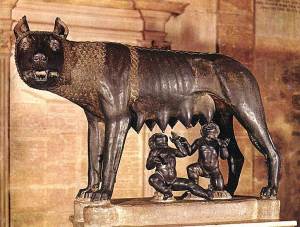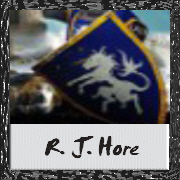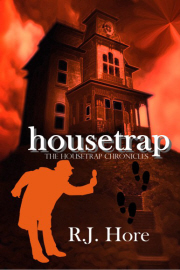Regardless of how you wish to spell it, what this post isn’t about is Fairy Tales – the focus rather is on general faerie lore and a brief history. As with my previous article discussing elves, interpretations of faeries are considerably varied, even within the same culture. I’m not going to be able to discuss every aspects of faerieland – afterall, in many interpretations, elves are fae – the interpretation as to the physical characteristics includes numerous supernatural creatures – ranging from goblins (historically treated as bad trouble-makers) to gnomes (generally treated as good and helpful) to creatures that were devoid of humanoid shape (Will ‘o the Whisp). So for this article – and I generally imagine fae to be otherworldly, more sprite-like beings – we’ll include all potential denizens of fae land and head into specifics into subsequent articles. So whether you like them to be diminutive humanoids with wings or grotesque monsters who steal babies, I think there’s enough creatures for me to discuss in the weeks to come. There is tons of material that depicts the variety of magical creatures in different ways – so, as always, feel free to bring up some of your favorite interpretations.
Wikipedia states that faeries were likely derived of Celtic tradition of the Sidhe, the Scottish lore in particular dividing them into the Seelie and Unseelie courts, or Light and Dark courts respectively. As with elves, as the Christianized interpretations took over the old stories, the fae were thought to be neutral in the war in heaven – those who chose neither good or evil. The general concensus was that they were creatures of otherworldly origins – often times stealing humans, luring them to their world or making them dance until they died from exhaustion. While many interpretations of faery land suggest that their world was one of pleasure, folklore often suggests that humans were tricked into staying – much like how in Greek Mythology, Persephone was condemned to the Underworld for eating six pomegranate seeds, faerie food could kill or trap humans, depending on the story or ballad. There are numerous books that discuss the different types of faerie creatures. Brownies and gnomes that could generally be invoked to do good things (stories such as the Cobbler and the Elves) or were mischievous (The Puck) to downright troublesome (Rip Van Winkle). Some of the more benevolent creatures would worked on a farm, and while some would interpret gifts kindly, others would be offended by such gestures. In a much more sinister light, some traditions hold that the reason for the faeries kidnapping humans was for the tithe – that is, every 10 years, the fae would sacrifice a human soul to hell. Perhaps as we can see evidence in the later literature that faeries were considered more demonic than neutral in nature.
Generally speaking there are considerable similarities in regards to offending the fae as with the Norse tradition towards elves and dwarves. There were areas in Norway that were believed to be elf grounds – to this day, there are areas that the locals refuse to build houses or develop the land for fear of ‘offending the elves’ – to the best of my knowledge, this belief is still common in the country in England to this day.
Iron-Clad Weaknesses?
Within the Celtic interpretation, it was said that the ancient gods of Ireland, the Tuatha de Dannan, were driven into hiding, but they lived in burrows and beneath the earth. This gave rise to the belief of faerie weakness towards iron – that their conquerors came with it. Another legend has it that bells could be used to protect oneself against faeries – in addition to other folklore – four leaf-clovers, or bread. Offerings and superstition abounded to keep the creatures at bay.
So I suppose when it comes down to it, I’m left to wonder… how did we ever get such a cutesy image of faeries in the first place?










































